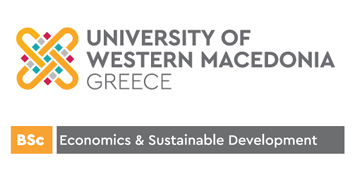Learning outcomes:
Economics is the science that deals with the "material" side of our lives. Macroeconomics, -unlike microeconomics which deals with the economic decisions of individual agents- focuses its attention on the macro-level of economic activity or otherwise the interaction of economic variable within the economy as a whole. Its goal is to discover the rules governing the operation of the economic system of a entire country.
Aim: The aim of the course is to help the students to develop a basic understanding of macroeconomic issues and problems and to provide them with basic analytical tools to deal with such macroeconomic problems.
Upon successful completion of the course, the student will be able to:
- Understanding the fallacy of synthesis and learning to differentiate between the micro and macro level and analysis
- Understanding the economic cycles and macroeconomic identities
- Using methodologies and techniques to measure the economic activity of the whole economy
- Identifying the main macroeconomic sectors
- Identifying the main variable which influences the contribution of the activities of the macroeconomic sectors/ variable and therefore the activity of the whole economy

